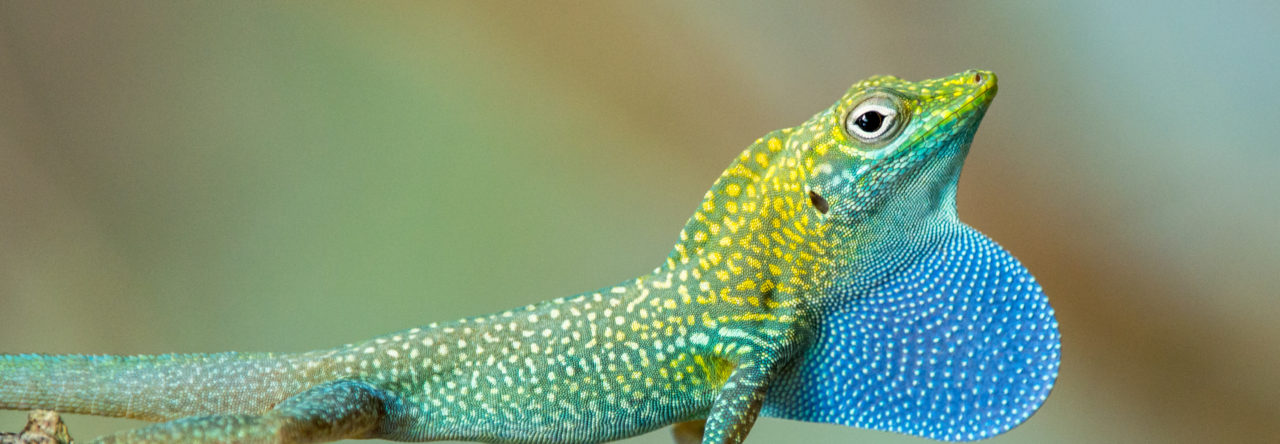
I dislike textbooks. I still remember the dismay as an undergraduate student of spending all that money to buy hugely expensive textbooks. And if there was any sense of excitement on cracking the cover of a textbook for a new course, it was soon scuttled by pages and pages of dense, dry text.
Now, as an educator, the cost of textbooks is still concerning but it’s their dubious pedagogical value that has led me to ditch them entirely from the courses I teach. Textbooks are great reference sources, but poor learning aids. They cover far too much material, often lack real-world context, and rarely illustrate the scientific process that led to a discovery.
There’s quite a bit of research in education showing that textbooks are not only considered boring by students, but students often struggle to recall and synthesize information obtained from them. Today’s students don’t read compulsory textbooks because the information they are more used to accessing is visually-based, focussed pieces of content online. So it isn’t really surprising that students have an aversion to reading course texts. This aversion is considered by many educators as one of the most critical issues plaguing higher education today.

Maybe you couldn’t care less about what undergraduates get up to (or not get up to). Maybe you’re just interested in learning cool things about animals, like anoles (obviously, and fair enough!). In any case, check out the soft release of the free graphic novel, Understanding Animal Behaviour.
The full book will be available later this year, but most chapters are available now as standalones. The preface provides a lay-person’s introduction to how natural selection works in nature. Anoles feature as one of the best examples.
The chapters Understanding Communication, Understanding Conflict and Understanding Origins of Behaviour showcase what we know about the evolution of the dewlap and headbob displays of anoles and other lizards. And anoles pop up throughout other parts of the book as well.
And, yes, it’s free.

This isn’t a comic. It’s an authoritative work covering the fundamentals that will give you a thorough understanding of animal behaviour. Each chapter comes fully referenced and there’s an add-on encyclopaedia included with the ebook and paperbook versions that cover key terms, elaborate on topics and concepts, and provide mini-biographies of featured scientists. There are video shorts for some chapters, too.
If you do happen to be a student or an educator, this graphic novel is explicitly designed to be accessible to any educated layperson. I use it in my university undergraduate course on animal behaviour, but others use it in high school biology classes. Mix and match the different chapters to suit your interests or teaching needs.

Why is Understanding Animal Behaviour any different from a textbook? First, its free. Second, the narrative style of a graphic novel improves reader engagement. Third, the delivery of short snips of information supported by illustration avoids cognitive overload, focusses the reader on fundamentals and improves retention. Fourth, the visual-text delivery of content is more closely aligned with how students access content outside of an education setting.
And, on top of all that, the narrative vehicle of conveying content through discovery stories of living scientists—a key feature of every chapter—enhances interest as well as the real-world relevance of content. Students are drawn to the ‘origin stories’ of real people because it emphasizes a person made the discoveries they’re learning about. When that person happens to look like them, students place higher value on that knowledge as well.
Understanding Animal Behaviour, soft release now, full release with options for paperback December 2025
- Understanding Animal Behaviour, a Non-Fiction Graphic Novel - May 16, 2025
- Dewlap Displays Supersede Headbobs, Yet Again - March 11, 2023
- Dewlap Size Is Not What We Thought - October 14, 2022


Leave a Reply